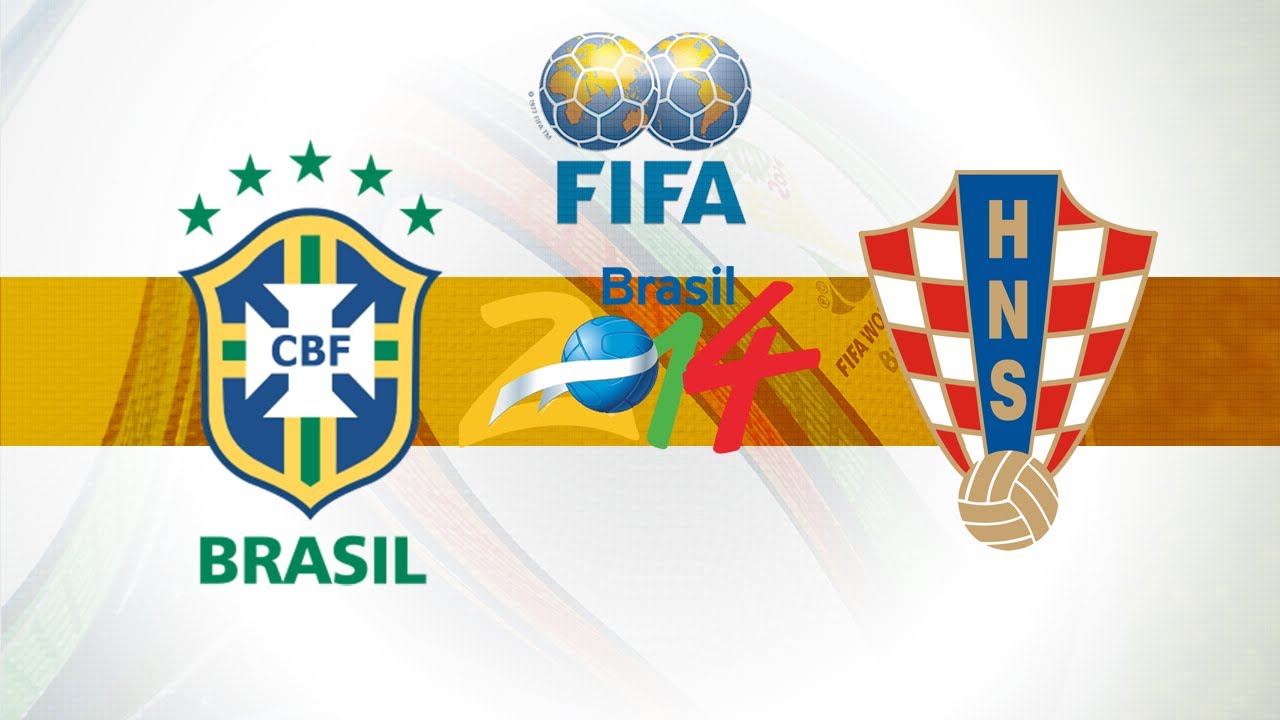Now that the World Cup has started I would like to shed some light on expectations I had about the World Cup and compare those with how the tournament has gone on so far. Let us begin with the biggest expectation that is crushed when many foreigners arrive to Brazil for the first time, the general attitude locals have towards the tournament and FIFA. These are things we often forget when watching the tournament from the outside. The media often overlooks these stories especially once the tournament itself has started, because more people are interested in watching the games and hearing about match-ups, injuries, formations and opinions about games than about the serious controversies they pose. The main controversy is that money is being taken from taxes and spent on stadiums and highways when it should be spent on education and welfare. Additionally, a lot of the construction industry is facing serious problems with bribes taking place in many stages of the building process. Moreover FIFA has required the relocation of some communities in the host cities for the construction of more efficient transportation to and from venues and for the general appeal of specific areas. Some of the relocated communities happen to be within the 2km radius of the stadiums which is temporarily FIFA territory. Seeing this first hand today was a real shock because I must have seen dozens of military police guarding the road and requiring those wishing to enter to show their tickets. This line that de-marks the FIFA territory felt never ending with officials as far as the eye could see. Just how much were they spending on protecting their grounds?

A lot of the negative attitudes that I had suspected would get overshadowed by the Cup have persisted. Today there was a “Não Vai Ter Copa” protest in Curitiba which got slightly out of hand with 300 protesters marching towards the Baixada stadium. They were fended off by multiple military police and army officials with 14 protesters being arrested (Kadanus, GDP). These protests are ongoing and have been for a long time, although they have diminished in numbers with many being scared of the possible consequences due to officials being ever present with the commencement of the World Cup. Interestingly enough, the fact that there have been fewer protesters doesn't mean that many Brazilians have changed their minds. I got to see this while in Foz do Iguaçu when watching the Brazilian opener against Croatia. The family we were watching the game with was desperately cheering on Croatia and all other teams that will be facing Brazil in the upcoming month in the hopes that people don't forget the impact the tournament has left on their country.

Anti-FIFA protests might have slightly declined but the eyes of the world are on Brazil and many unions and workers are taking advantage of this fact to show the inequalities that they are facing even with Dilma’s tough stance towards protests. What better time to protest than with the constant media given by the World Cup allowing for settlements to occur in order to maintain stability in the eyes of the public? But this is not the first time that the World Cup has been in the controversy spotlight: in 1996 an interesting social justice campaign that was launched, called, the Foul ball campaign. It involved protests for Pakistani 12 year olds stitching soccer balls at 60 cents a ball with the average production of 1-2 balls per person, per day (Kuhn, p.109). In 2008, FIFA recognized this problem in Pakistan - where 75% of the worlds soccer balls are produced - and decided to bring children out to hold hands with the stars before the beginning of the games. But people being taken advantage of for the production of soccer balls is still a present issue with inmates in Brazil stitching many of the Brazuca’s being used in official World Cup games and for sale to the general public. Sadly holding hands didn’t change things and inmates like the ones in Belo Horizonte are still being exploited by corporations who pay them ¾ of minimum wage to make soccer balls from the latex to the final coating (Longman, NYT).

As previously mentioned, I went to a World Cup game today and it was nice to finally be capable to rationalize the tournament I was so used to watching on a screen. It was no longer a surreal fantasy, it had become an amazing event of the past. Being so close to the players and the field made the tournament a more personable experience, making me realize that these players are no less human than you and I. This one in a life time experience that so many Brazilians risk everything to enjoy allows me to think more critically on the controversies at hand. Why does Brazil have to risk so much for the world to enjoy the beautiful game? Is not beautiful enough without the makeup? Needless to say, I will never watch a World Cup game in the same light.
Bibliography
Book: Soccer Vs. The State (tackling football and radical politics) By: Gabriel Kuhn
Sidenote
A cool interactive webpage on how the soccer balls are made taking them apart from the inside over the last hundred years:

No comments:
Post a Comment